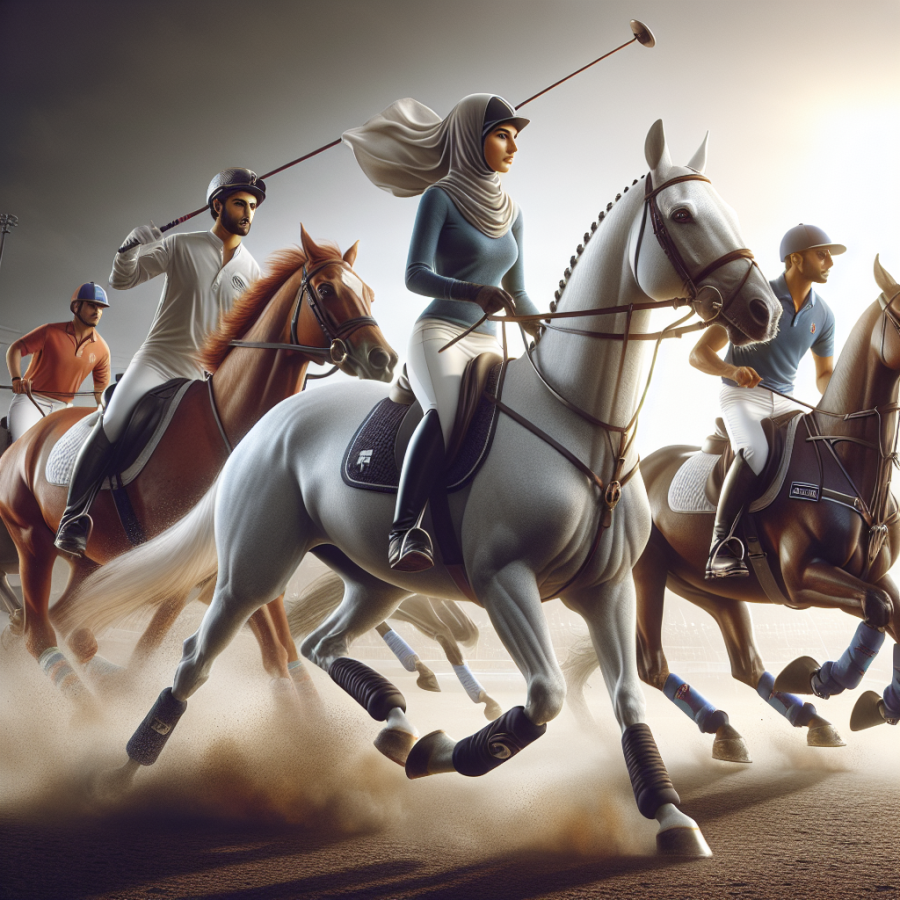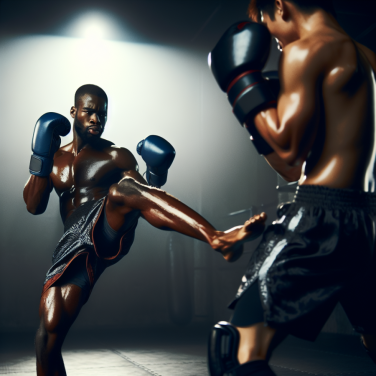Mastering the Maneuvers: The Art of Competitive Riding
Mastering the art of competitive riding requires not only a deep connection with one's horse but also a comprehensive understanding of different riding maneuvers. These techniques not only showcase the rider's skill but also the training and responsiveness of the horse. In the realm of equestrian sports, riders must constantly refine their methods to excel in various disciplines, whether it's show jumping, dressage, eventing, or any other category that falls under this thrilling pursuit.
To perfect your competitive riding skills, it's essential to focus on the following key areas:
**Fundamental Training:** Both horse and rider should have a solid foundation in the basics. This includes establishing clear communication, achieving balance, and developing rhythm and suppleness. Riders should continuously engage in exercises designed to enhance these fundamental skills, which are crucial for executing more advanced maneuvers.
**Dressage Techniques:** In dressage, riders aim to perform a sequence of predetermined movements, referred to as figures, with grace, precision, and fluidity. These movements include various gaits and changes such as leg-yields, flying changes, pirouettes, and half-passes. Practice is paramount, as it ensures that both the rider and the horse move seamlessly as one entity.
**Show Jumping Strategies:** For those captivated by the dynamic sport of show jumping, riders must develop an acute sense of timing and spatial awareness. This entails knowing exactly how to approach each obstacle, gauging the takeoff point, and maintaining an ideal pace throughout the course. Riders often work on stride regulation exercises to better control their horse's movements between jumps.
**Cross-Country Skills:** Event riders face the added challenge of navigating rough terrain while maintaining speed and precision. Mastering cross-country maneuvers involves a strong focus on endurance, agility, and the ability to quickly adapt to unforeseen obstacles. Training for these events may include hill work, water crossings, and practice over solid fences of varying types.
**Mental Preparation:** The psychological aspect of competitive riding is not to be underestimated. Success in the saddle also comes from mental fortitude, the ability to remain focused under pressure, and the confidence that comes from thorough preparation. Visualization techniques and goal-setting can play significant roles in enhancing a rider's performance during competition.
**Physical Conditioning:** Both the rider and the horse require excellent physical condition. This means regular workouts and proper nutrition to ensure strength and endurance.
Read also:
Mastering the Court: Essentials for Aspiring Basketball Coaches
The Rush of the Ride: Exploring the Varied Disciplines of Horse Sports
Equestrian sports encompass a wide array of disciplines, each challenging both horse and rider in unique ways. These competitions range from the precision and elegance of dressage to the heart-pounding action of show jumping, the enduring stamina required for eventing, and the thrill of racing against the clock in rodeo barrel racing.
Dressage, often described as the art of horse training, involves performing a series of predetermined movements, known as tests, within a standard arena. This discipline demands a deep connection between rider and horse, with the pair working in near-telepathic harmony to execute movements with grace, subtlety, and precision. The highest level of dressage competition, Grand Prix, showcases the pinnacle of training where horse and rider perform complex maneuvers, including pirouettes, piaffe, and flying changes.
Show jumping, by contrast, tests the agility, speed, and daring of both horse and rider as they navigate a course of fences set at varying heights and distances. The goal is to clear all obstacles without incurring faults for knocked poles, refusals, or falls, all within a set time limit. Competitors must strategize to find the most efficient and safe path around the course, often making split-second decisions as they approach each jump.
Eventing, also known as the 'equestrian triathlon,' combines dressage, cross-country, and show jumping into one competition. It is a true test of versatility for both horse and rider. The cross-country phase takes competitors over a challenging outdoor course with a series of solid obstacles and varied terrain, demanding boldness, stamina, and trust between horse and rider. The variability of the courses and the physical demands of the event make it a thrilling spectacle and a comprehensive test of equestrian prowess.
In the realm of Western horse sports, barrel racing stands out for its blend of speed and skill. Competitors aim to complete a cloverleaf pattern around preset barrels in the fastest time, making tight turns at high speeds without knocking any barrels over. This discipline highlights the lightning-fast reflexes of the horse and the split-second timing of the rider.
Each of these disciplines contributes to the rich variety of horse sports, offering spectators a display of the incredible bond between human and equine athletes. From the poise and control of dressage to the raw speed and agility of barrel racing, the varied disciplines of horse sports ensure that there is something for every equestrian enthusiast to enjoy.




